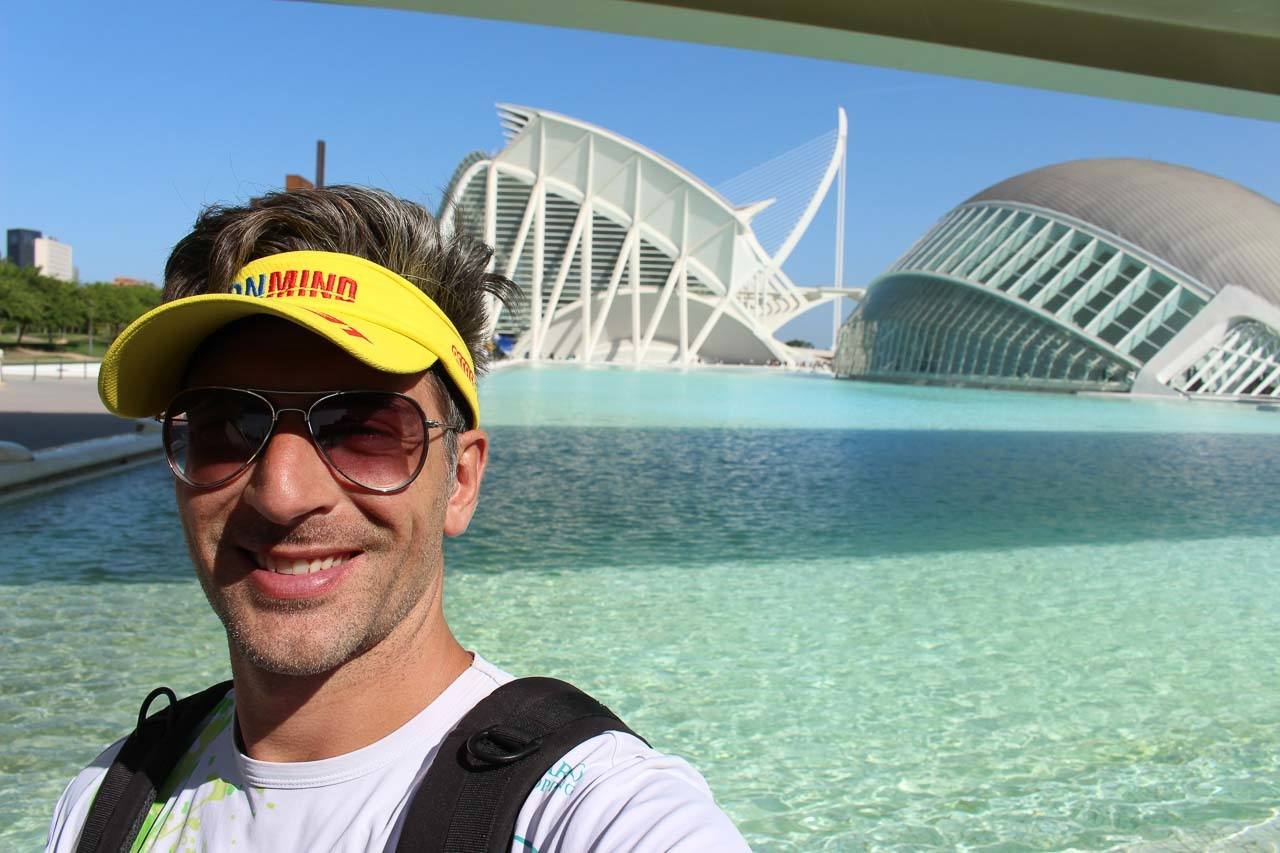Hue, Saturation, Value, and More: 11 Photography Terms and Their Meanings
5 min read
Table of Contents
A blend of technical precision and creative expression, photography introduces a lot of unfamiliar terms. Simply put, if you’re still in the process of dipping your toes into photography, then there are plenty of new words you need to know. Understanding these concepts and how they can be applied to your craft will help you navigate the artistic and technical aspects of photography and capture compelling images.
Here’s a breakdown of some of the basic terms you need to know as you deepen your photography skill:
Aperture
Aperture, often referred to as the camera’s “eye,” determines the size of the opening in the lens (the part where light enters the camera). This crucial element is key in regulating the amount of light reaching the sensor; it also influences the depth of field in a photograph. Adjusting the aperture also allows photographers to control the sharpness of the background and foreground to make their compositions more dynamic. Let’s say you’re tasked to take a model’s photos in a photo studio Los Angeles photographers use for their portraiture sessions. If you use a wide aperture (low f-number), you can blur the background into a soft bokeh and maintain the focus on the subject’s face.
Shutter Speed
The speed of the shutter dictates the length of time the camera’s shutter remains open, during which the camera’s sensor is exposed to light. This setting is instrumental in capturing motion or freezing it in a moment. With a fast shutter speed, you can freeze the flutter of a bird’s wings as it flies; with a slow shutter speed, you introduce motion blur to the image to convey a sense of movement.
YOU MAY ALSO LIKE: Essential Photography Gadgets & Accessories for Travel Bloggers
ISO
A camera’s ISO measures the sensor’s sensitivity to light. Adjusting the ISO setting is crucial when shooting in different lighting conditions. A higher ISO enhances sensitivity in low-light situations, but be aware that it may introduce unwanted noise or grain to the image.
Exposure
Exposure refers to the amount of light that reaches the camera sensor during the process of capturing an image. An underexposed image can appear too dark and lacking detail, while an overexposed one is overly bright. Knowing how to use exposure properly will enable you to convey the right mood and detail in your photographs. Also, the right balance between ISO, aperture, and shutter speed is key to achieving well-exposed photographs across diverse scenarios.
Hue
Technically, hue refers to the wavelength of light that is interpreted as color by the human eye. However, you can also think of hues as the colors on the color wheel. Adjusting the hue involves changing the overall tone of an image, often to create artistic effects or correct color casts. This then allows for personalized and intentional color expression. For example, by adjusting the hue of a sunset from warm oranges to cool blues, a photographer can transform the mood of a seascape photograph and create a serene and dream-like atmosphere.
YOU MAY ALSO LIKE: 4 Necessities for the Travelling Photographer
Saturation
Saturation refers to the intensity or vividness of colors in an image. Controlling this aspect allows photographers to determine the richness of the colors in a photograph. Increasing saturation makes colors more vibrant and dynamic, while desaturation achieves a more muted or grayscale appearance. Skillful management of saturation contributes to the overall visual impact and emotional tone of a photograph.
Value
Value represents how light or dark a color is. This quality plays a significant role in creating visually dynamic compositions, where light and shadow contribute to the photo’s mood and atmosphere. The silhouette of the city skyline against the setting sun, for instance, can showcase a striking play of values where deep shadows contrast against the glowing highlights. Manipulating value involves adjusting the exposure and contrast to control the overall brightness and darkness of the image.
Contrast
The difference between the lightest and darkest parts of an image is called contrast. Higher contrast results in more defined edges and a dynamic look, while lower contrast produces a softer, more subdued appearance.
White Balance
To achieve true-to-life colors in your photographs, you can adjust the white balance. Doing so ensures that the image’s whites appear neutral and its colors are accurate and realistic even in diverse environments. For instance, shooting indoors under warm tungsten lighting can give your subjects an orange tint. To prevent this, adjust the white balance settings of your camera.
Focal Length
Focal length, which is measured in millimeters, refers to the distance between the camera lens and the image sensor. This determines the magnification and perspective of a lens. Shorter focal lengths, like wide-angle lenses, capture more of the scene; longer focal lengths, such as in telephoto lenses, magnify distant subjects. Using a lens with a longer focal length enables a photographer to capture a detailed shot of a faraway object, such as a bird perched on a branch, and isolate it from the surrounding landscape.
YOU MAY ALSO LIKE: Travel Photography Tips (For Ultimate Beginners)
Composition
More than just technical settings, photography is also about artful arrangement or composition. This term encompasses various principles such as the rule of thirds, leading lines, and framing. Understanding composition enables photographers to strategically place elements within the frame to create visually appealing and impactful images. One example of this is applying the rule of thirds and placing the subject along one of the intersecting lines, which then creates a visually engaging and balanced composition. Simply put, composition is the art of storytelling through visual arrangement.
As you go through your photography journey, you’ll certainly encounter other concepts that you can apply to your craft. However, mastering these basic terms and knowing how they impact your photos will help you deepen your connection with photography and empower you to tell impactful, relevant stories from your own perspective.







